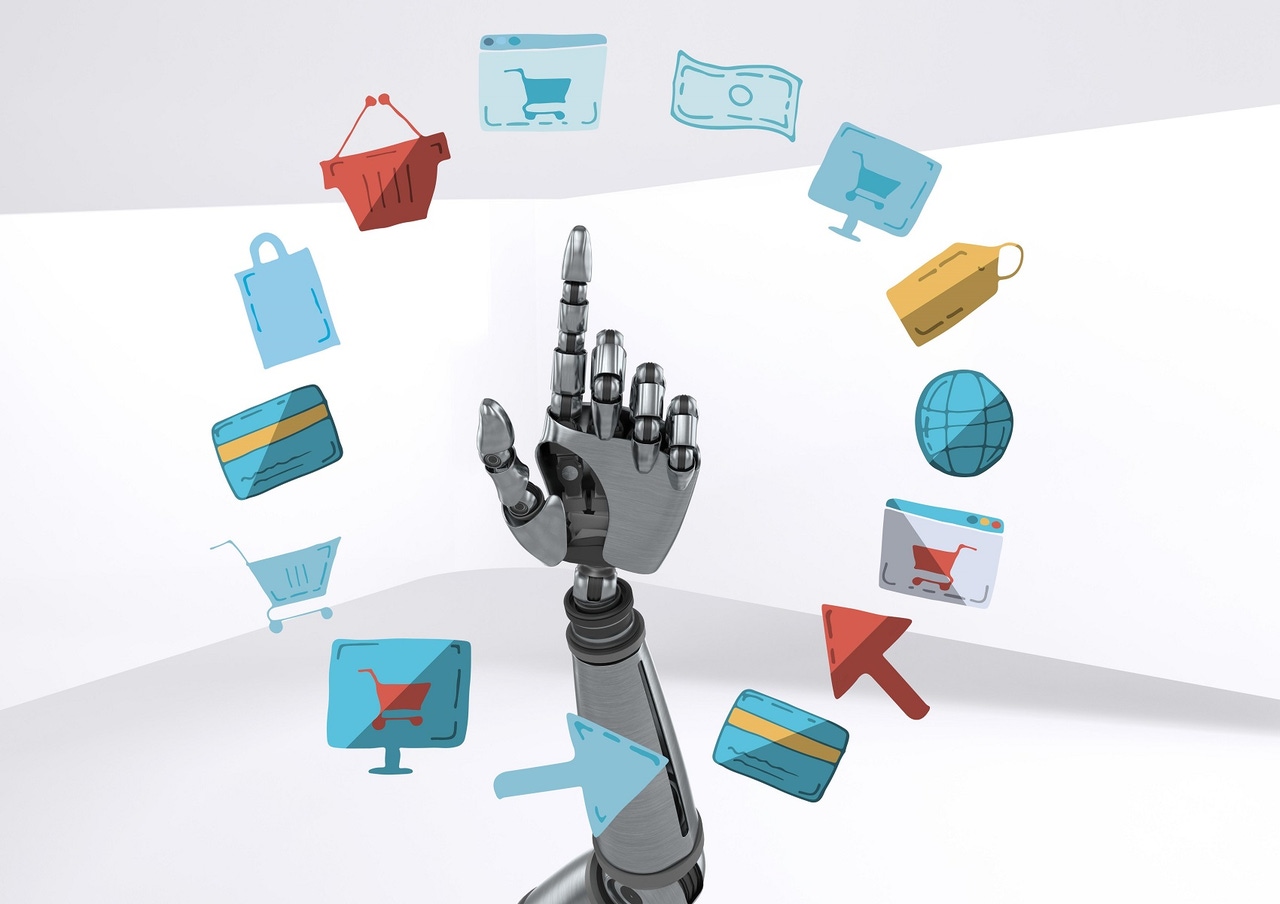What to Know About Machine Customers
Machine customers are like virtual assistants or smart devices that carry out customer service tasks on behalf of actual human customers.

Machine customers have the potential to revolutionize business operations by reducing human effort, enhancing customer experience, and optimizing operational efficiency through advanced AI and automation.
Machine customers are nonhuman economic actors that obtain goods or services in exchange for payment, acting on behalf of a human customer or an organization.
Examples of machine customers include virtual personal assistants, smart appliances, connected cars, and Internet of Things (IoT)-enabled factory equipment.
In the realm of customer service and support, machine customers are like virtual assistants or smart devices (think of Siri or Alexa) that carry out customer service tasks on behalf of actual human customers.
Support Strategies for Machine Customers
Alok Kulkarni, CEO and Co-founder of Cyara, says the emergence of machine customers introduces a new dynamic, requiring organizations to adapt their existing support strategies. “This might include developing specific interfaces and communication channels tailored for interactions with machine customers,” he explains in an email interview.
Organizations must create additional self-service options specifically designed for machine customers. “Unlike traditional customer support approaches, catering to machine customers requires a nuanced understanding of their specific needs and operational dynamics,” Kulkarni explains.
This means designing self-service interfaces that are not only user-friendly for machines but also align with the intricacies of autonomous negotiation and purchasing processes.
These interfaces should empower machine customers to navigate through various stages of transactions autonomously, from product selection to payment processing, ensuring a streamlined and frictionless experience.
Growing Confidence in Automation
Uma Challa, senior director analyst in the Gartner customer service and support practice, points out customers are increasingly comfortable using virtual personal assistants and smart products to support routine tasks. “Machine customers process large quantities of data much faster and more consistently than human equivalents, executing transactions when required,” he explains in an email interview.
This results in lower customer effort, especially for repeatable tasks such as gathering product information from public and authorized sources.
As digital assistants are enabled and customers are comfortable sharing personal data, the number of tasks including gathering product information an assistant can perform will increase.
Challa says the organization's leadership will be the key stakeholders driving machine customer engagement plans. He points to the CEO, chief technology officer (CTO), chief data officer (CDO), customer service and support leaders, sales and marketing heads, and risk, legal, compliance and security executives.
“All these leaders will have a significant role to play in enabling the machine customers successfully,” he says.
Kulkarni adds sales executives will also need to collaborate closely with customer experience (CX) teams to develop new machine-centric customer journey maps. “They should also plan to evolve the applications underlying their traditional training, incentives, compensation, operations and customer satisfaction systems to support greater selling to machines,” he says.
Identify, Assess Use Cases
Challa advises organizations to shift their focus toward enabling machine customers to enhance customer experience and reduce human effort. “Relying solely on addressing the needs of human customers may lead to lagging behind in the competitive landscape,” he cautions.
To effectively enable machine customers, organizations need to identify and assess use cases suitable for execution by these automated entities.
Utilizing criteria such as appropriateness sequencing, ease of programming, static nature, contribution to live volume, and legal approval can guide the vetting process for bot-to-bot task execution.
He recommends investing in a scalable conversational AI platform (CAIP) and providing secure APIs for machine customers to engage with enterprise ecosystems. “Continuous improvement can be achieved by measuring the performance of machine-customer interactions and establishing a regular cadence for analyzing trends in metrics,” Challa explains.
This includes reviewing steps in bot-to-bot conversations that lead to abandonment or obstruction, determining the need for live agent intervention, and addressing comprehension failures in enterprise chatbots.
Custobots Need Custom Interactions
Dimitris Sotiriou, director of product management for Twilio Flex, notes OpenAI recently announced users can now create their own custom GPT, which makes it easy for companies or individuals to create their own assistants for tasks. From his perspective, the emergence of machine customers necessitates a significant adaptation in company operations and customer service frameworks.
“IT and AI specialists will become crucial in maintaining the overall efficiency of these systems,” he explained via email. “There will be a heightened need for compliance and regulatory bodies to play an active role, responsible for ensuring interactions between custobot and either virtual or human agents maintain trust and are free from biases.”
Kulkarni points out that unlike human customers, machine customers operate on predefined algorithms, requiring specialized interfaces to facilitate interaction.
These APIs act as the bridge that enables machines to easily interact with various platforms, ensuring the smooth exchange of information and transactional data.
He adds organizations must also enhance their security measures to verify and authenticate requests from machine customers to protect against potential deep fakes. “In this era of machine customers, building trusted relationships with human customers while also ensuring efficiencies for machine customers is paramount,” Kulkarni says.
About the Author
You May Also Like






